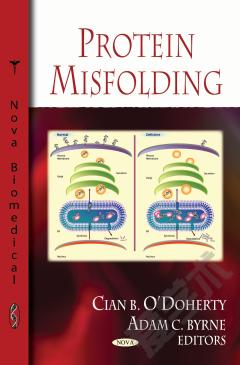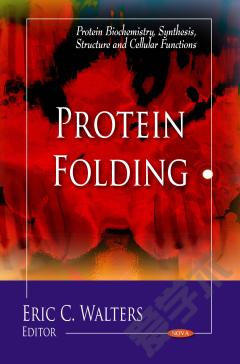Protein Misfolding
Proteins occasionally exhibit the potential to adopt alternate folds under natural or artificial conditions. These conformational changes can lead to the creation of disease-forming amyloid plaques or accumulation of insoluble aggregates in over-expressed recombinant proteins. Because alternate folds challenge the traditional notion of structurally defined proteins and frequently lead to problems in natural and laboratory settings, it is tempting to characterize structurally ambiguous proteins as ill-behaved. Unfortunately, this perspective masks the positive role structural ambiguity can play in protein function and evolution. This book provides leading-edge research on the study of protein misfolding from researchers all over the globe.
{{comment.content}}








 京公网安备 11010802027623号
京公网安备 11010802027623号